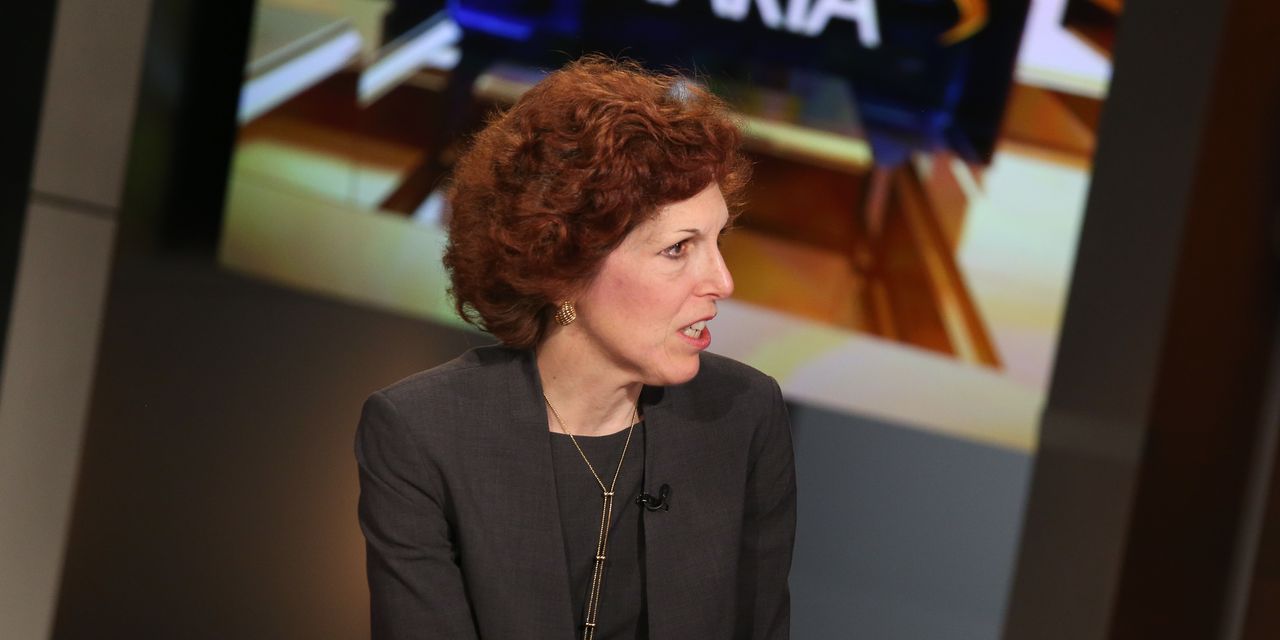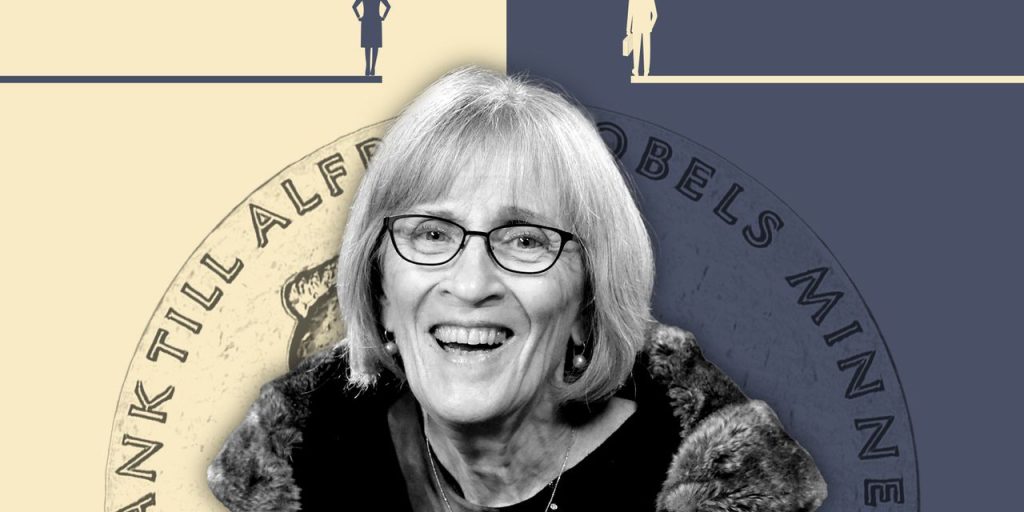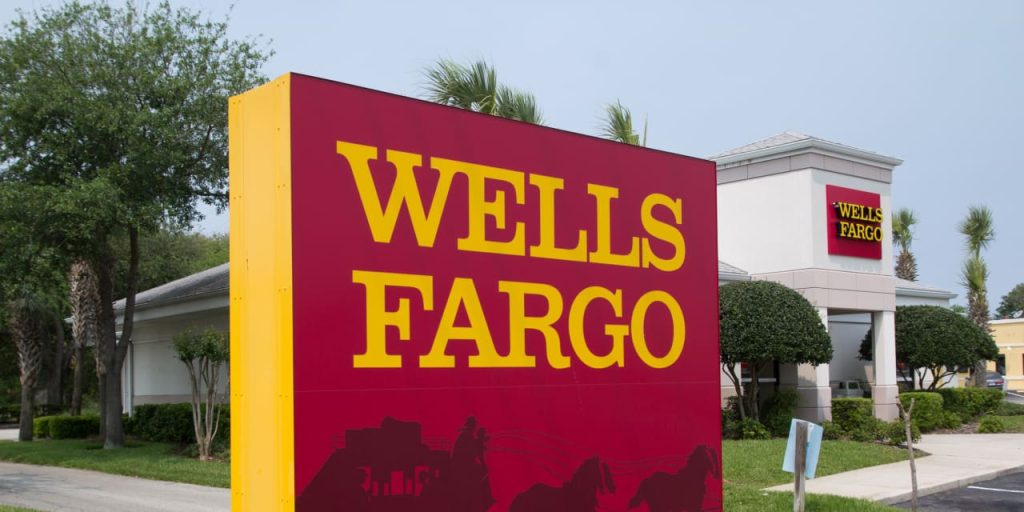The president of the Cleveland Federal Reserve said Monday she suspects the central bank “may well need to raise” interest rates once more this year and then keep rates high “for some time” to get inflation fully under control.
Loretta Mester, in a speech in Cleveland, said “inflation remains too high” despite a sharp slowdown in price increases since last year.
What’s more, rising oil prices threaten to stall further progress in lowering inflation, she said.
Since households have to fill up their cars or trucks once or twice a week, she said, “rising gasoline prices could begin to make consumers think inflation will be rising again.
“If so, higher inflation could become embedded in people’s view of the economy and affect their behavior in ways inconsistent with price stability.”
The Fed in late September decided not to raise interest rates again, but it left the door ajar for one more increase this year if inflation doesn’t continue to slow.
Senior officials are more divided than they were earlier in the year, however.
Twelve of the Fed’s governors and regional bank presidents predict one more rate hike in 2023, but seven see no need for further action.
Mester has favored a somewhat more aggressive approach, along with several others including Fed Gov. Michelle Bowman. She is not a voting member this year of the Fed committee that sets interest rates, though.
The central bank has raised U.S. interest rates steadily over the past year and a half to try to douse the raging fires of inflation. It’s lifted a key short-term interest rate to a top range of 5.5% from near zero in March 2022.
The strategy has helped to slow inflation to an annual rate of under 4% from a 40-year high of 9.1% in the summer of 2022.
The Fed’s goal is to reduce the rate of inflation to 2%, similar to the typical annual increase before the pandemic.
To get there, the Fed might have to keep rates high for a prolonged period of the time — the so-called “higher for longer” approach. Mester supported that approach.
“But whether the fed funds rate needs to go higher than its current level and for how long policy needs to remain restrictive will depend on how the economy evolves relative to the outlook,” she said. “There is considerable uncertainty around the outlook.”
Borrowing costs could remain high well into 2024, bad news for home buyers, growing businesses and others who need to borrow.
Higher interest rates help to tame inflation by reducing consumer spending and business investment, but at the cost of economic growth.
The Fed is trying to avoid raising rates so high that a recession follows, but that’s been the usual outcome since World War II every time the central bank has begun a rate-rising cycle.
That’s why the Fed is wrestling with how long to keep rates high.
“The most important question at this point is not whether an additional rate increase is needed this year or not, but rather how long we will need to hold rates at a sufficiently restrictive level to achieve our goals,” Fed Gov. Michael Barr said in a Monday speech in New York.
Most Wall Street
DJIA
forecasters don’t expect the Fed to start to cut rates until the waning months of 2024. The Fed itself has penciled in just two rate reductions next year.
“Tightening too much would slow the economy more than necessary and entail higher costs than needed to get inflation back to our goal. Tightening too little would allow high inflation to persist,” Mester said.
Read the full article here







